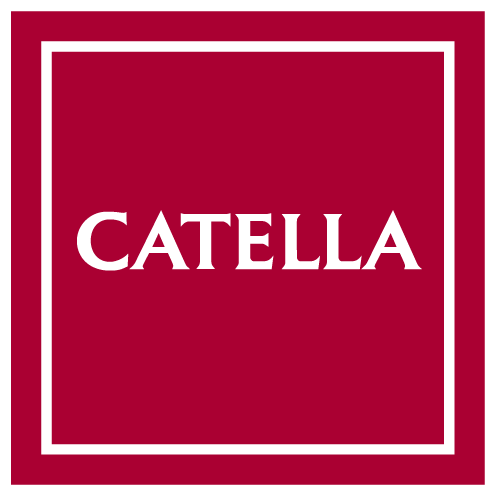We can sum up 2017 with one word: stability. Despite continued interest rate hikes and trimmed balance sheets by the US Federal Reserve, despite reduced purchasing of securities by the European Central Bank, despite an inconsistent US president, and despite North Korea launching missiles and testing atom bombs, the world's financial markets have been stable. Even in Sweden, which for many years has been something of a growth wonderkid and where reality has caught up, the market as a whole has been stable.
In many ways, 2017 has been an unusually stable year. For example, the US S&P 500 with dividends yielded a positive return in every month, something that has not happened at any time previously in the last 30 years. The VIX index, a measure of how market participants price the forward volatility of the stock market and which is sometimes called the investor fear gauge, has closed below ten on 58 occasions since 1990. Of these 58 occasions 49, or 85 percent, took place in 2017. In other words, unusually stable.
In all this stability, the Swedish equity market has been relatively challenging. Housing prices, which have considerably outstripped disposable incomes for many years, have fallen since the spring of 2017. This has obviously affected housing developers, construction companies, the Swedish krona and, to a certain extent, Swedish banks, which have significantly underperformed the market as a whole. HM had a weak year on the stock exchange and lost a third of its market capitalisation. Fingerprint Cards, a favourite among small investors, had an even tougher 2017 and lost two-thirds of its value. Overall, however, the Stockholm stock exchange saw a stable trend, of course, and rose 9.47 percent after dividends.
Commodity prices as a whole were stable this year, but the picture for the underlying sectors was varied. Industrial metals, which naturally reflect the state of the economy, performed well, gaining over 20 percent in some cases. Energy prices were more mixed, with oil rising and natural gas down sharply. The worst performers were agricultural products, and sugar was the weakest commodity, losing around one-third of its price.
In the wake of strong growth and expansionary monetary policy, higher risk high-yield bonds were strong performers, and the additional compensation received by investors for these fell by half a percentage point. Government bonds, like so many other investments, were stable, and the Swedish ten-year yield moved in a range from 0.35 percent to 0.75 percent, and the change from the start of the year was 10 basis points up/down.
The adage that nine out of ten worries never come to pass could not have been intended for the 2017 financial markets, but the idea does capture the essence of this year. Thank you for your confidence in us.

